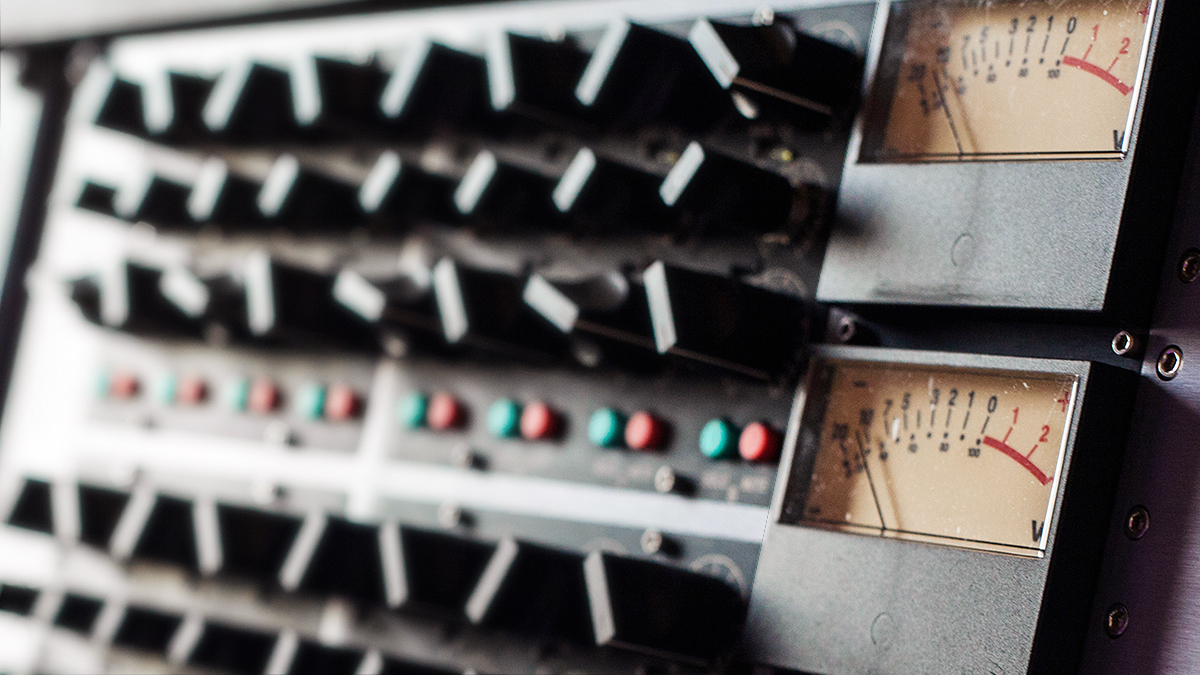4 Ways Using A Multiband Compressor Can Improve Your Mix

Most producers are aware of the popularity of multiband compressors in mastering. The fact that they provide a much greater degree of control over the signal being processed means that they are incredibly useful in this capacity.
There are, however, numerous other ways that you can use multiband compression before you get to the mastering stage. in this article we talk you through four of them.
What is a Multiband Compressor?
Multiband (or split-band) compressors are powerful tools that have many uses that you may not be aware of. Whilst a ‘regular’ (or broadband) compressor will attenuate the whole input signal, a multiband compressor splits the input signal into different frequency bands, and lets us compress each of these individually.
One very common example of a multiband compressor is the de-esser. In order to de-ess a vocal, we can define a band between 3-8kHz, and only sibilant peaks within this frequency range will be compressed; the rest of the vocal will be left untouched.
1. Counter The ‘Proximity Effect’
All directional microphones boost the lower frequencies of sounds that are very close to them. This can be useful; radio DJs often position themselves very close to their microphones in order to make their voices sound ‘warmer’.
However, if you have recorded a vocal performer that moves backward and forwards whilst they sing, you may find the level of bass in the vocal jumps up and down accordingly. Compressing the low frequencies can help to smooth this particular problem out.
2. Tidy Up That Bass Guitar
It is not just vocals that can suffer from an uneven low end. There are various reasons why there might be problems with the low frequencies of a bass guitar recorded in a home studio. This often has to do with the fact that there are unwanted resonances in the bass cabinet, or in the recording room itself; problems that you don’t tend to get in high-end studios where top-quality equipment is being used.
Again, this is an issue that you should be able to fix by compressing the lower frequencies of your bass guitar signal. With both of the tips we have given you so far, make sure that you take your time experimenting with attack/release times and where you position your crossover frequency (the frequency at which your compressor begins working).
Remember that you are aiming for the smoothest possible end result. Every sound source is different, so use your ears and be patient to make sure you get the best result each time.
3. Add Consistency To Your Kick Sound
A kick drum sound is made up of two key components; the click caused by the beater hitting the drum skin, and the boom caused by the air resonating inside the drum. The softer a drummer hits the kick, the louder the ‘click’ becomes in comparison to the ‘boom’.
This can obviously lead to an inconsistent drum sound, with the softer hits being ‘clickier’ than the harder hits. To counter this, we can again compress the low band, but in this case, we also add some make-up gain to it as well. This will make the ‘boom to click’ ratio more consistent throughout our track.
4. Smooth Out Resonant Filter Sweeps
High-resonance filter sweeps on synth parts can sound great, and add real dynamism to your mixes. However, they can also be really difficult to balance, as the peak can be too prominent. You can’t use normal compression here; because the peak is always present, the entire synth part will dip in level.
You can use multiband compression to get you out of this tight spot though! If you set up compression over multiple frequency bands that are tailored to the resonant peak, compression will only occur in the band that currently contains the peak.



Comment on this post on SoundGym Community